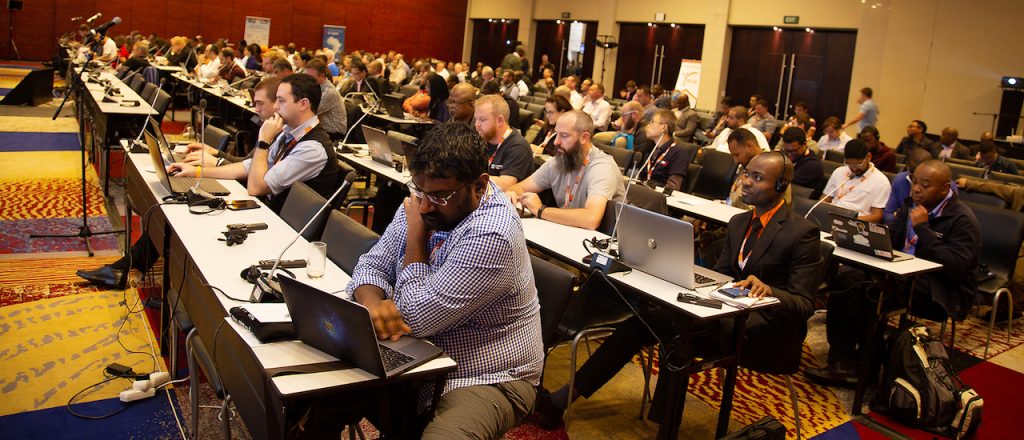0

In the last five years, Africa’s international traffic patterns have changed, with international and intra regional traffic growing, according to the latest statistics from Telegeography, presented at this year’s AfPIF.
Johannesburg, Cape
Town, Lagos, and Nairobi maintain their top hub status, but Cotonou, Kigali,
Libreville, Abidjan, and Dakar have emerged as major hubs as international
traffic grows. Cotonou recorded 88Gps between 2018 and 2019, showing a 77%
growth, while Kigali recorded 75Gbps, a 92% growth, and Libreville had 113Gbps
at 71% growth.
This was attributed
to a drastic reduction in connectivity costs, which led to more data center
space and eventual demand for more capacity to other international hubs. West
African connection, especially between Dakar, Abidjan, Accra, and Lagos has
also increased.
Telegeography
monitors international transit traffic and the presentation was one of the
highlights of the day. Domestic traffic is a bit harder to capture but
Telegeography promised to work with more providers to get future snapshots of
the growing traffic.
The presentation by
Telegeography explored the shifting connectivity landscape in Africa and its
effect on interconnection hubs, showing that new hubs may soon emerge, as more
and more cities reduce the cost of connectivity and invest in more
Continue reading


